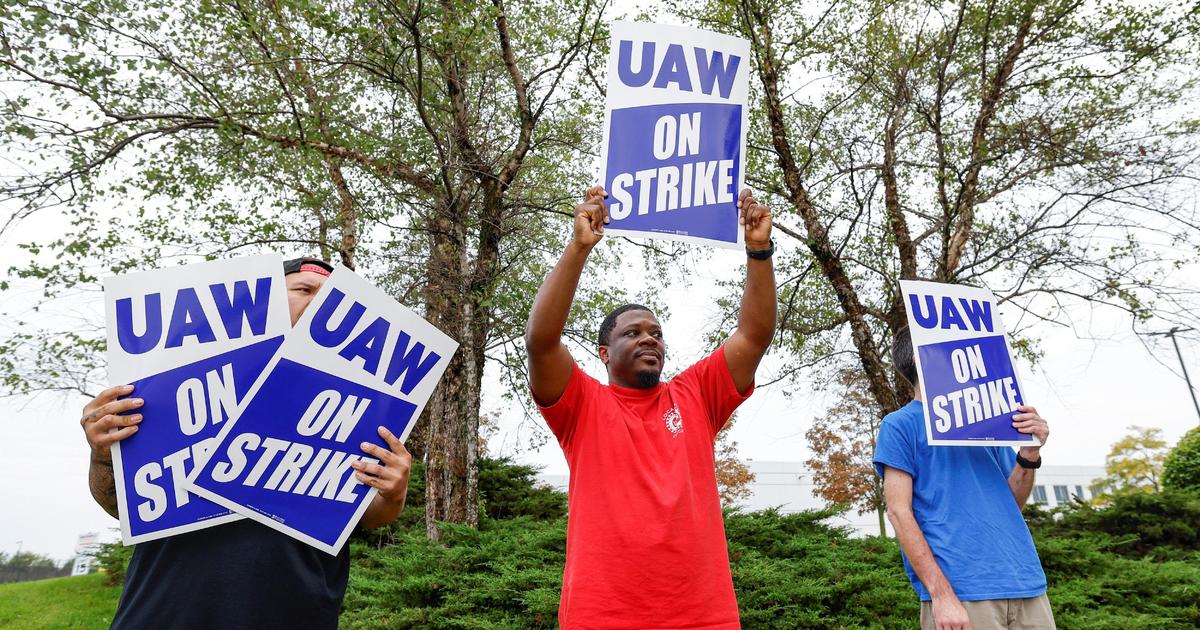The United Auto Workers is expected to announce additional work stoppages at Detroit’s Big Three carmakers on Friday, expanding the ongoing strike. The strike has already led to the closure of assembly plants, parts distribution centers, and other facilities across more than 20 states.
UAW President Shawn Fain is scheduled to give an update on the labor negotiations with Ford, General Motors, and Stellantis (the parent company of Chrysler, Dodge, Jeep, and Ram) in a Facebook broadcast at 10 a.m.
The UAW launched its “stand-up strike” on September 15, inspired by the historic “sit-down” strike by GM workers in Flint, Michigan during the 1930s. Nearly 13,000 autoworkers stopped work at Big Three assembly plants in Michigan, Missouri, and Ohio. A week later, an additional 5,600 workers at 38 GM and Stellantis-owned parts distribution centers in 20 states joined the strike. Ford was exempted from the strike as progress was being made on wage, job security, and other matters.
The UAW’s demands include a 36% pay increase over a four-year contract, annual cost-of-living adjustments, pension benefits for all employees, greater job security, restrictions on the use of temporary workers, and a four-day work week. Additionally, the union wants the automakers to eliminate the two-tiered wage system implemented after the 2008 financial crisis.
The automakers argue that they have made reasonable counteroffers but express concerns that the UAW’s demands on wages and other issues would make it difficult to compete with other car manufacturers.
Union leaders counter that while car prices soared during the pandemic, the Big Three enjoyed substantial profits while workers did not receive similar benefits.
Talks between the UAW and automakers are ongoing, with GM meeting with the union on Thursday. Stellantis submitted its latest counteroffer to the union on the same day.
Ford stated, “Negotiations continue. Our focus remains on working diligently with the UAW to reach a deal that rewards our workforce and enables Ford to invest in a vibrant and growing future.”
The UAW’s approach of striking in weekly waves allows the union to cause significant disruption while minimizing the number of workers who are not receiving paychecks, according to analyst Benjamin Salisbury.
Experts predict that the next targets of the UAW will include plants that produce some of the Big Three’s most profitable vehicles, such as the Chevrolet Silverado and Ram pickup trucks.
“Of note, the auto companies produce trucks at multiple factories,” Salisbury noted. “Therefore, the union may select only a few facilities to raise the stakes but continue work at others as leverage if negotiations worsen.”
The striking workers are receiving pay through an $825 million fund established by the UAW.
Denial of responsibility! Vigour Times is an automatic aggregator of Global media. In each content, the hyperlink to the primary source is specified. All trademarks belong to their rightful owners, and all materials to their authors. For any complaint, please reach us at – [email protected]. We will take necessary action within 24 hours.


